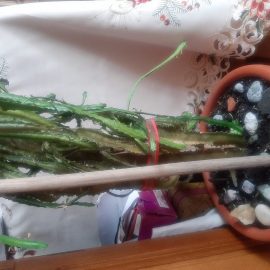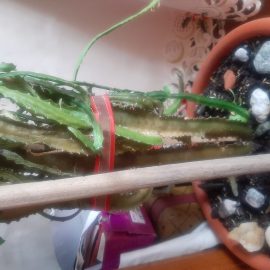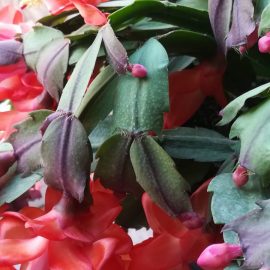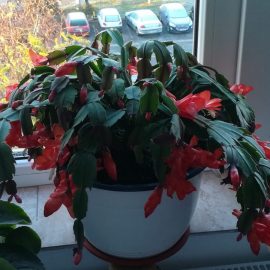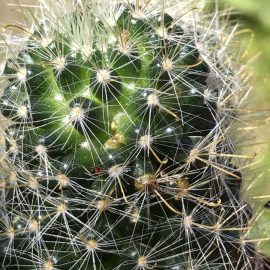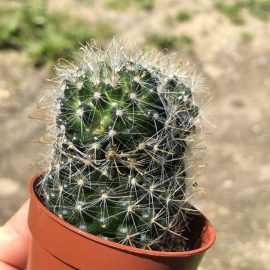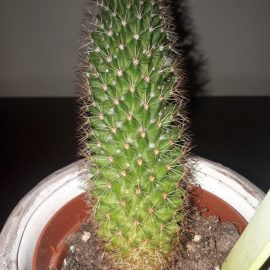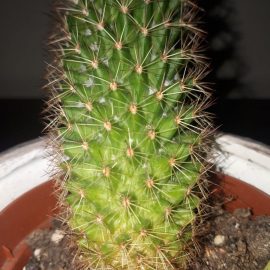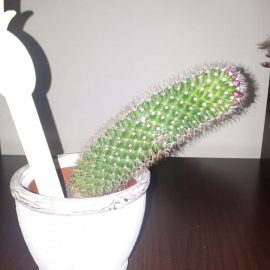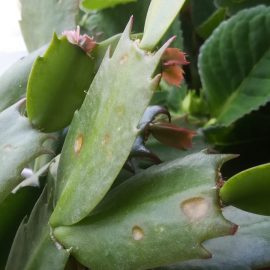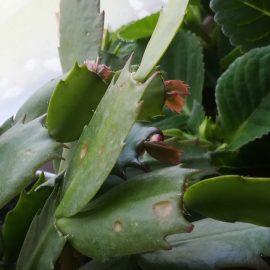Cactus, plant care and growing guide
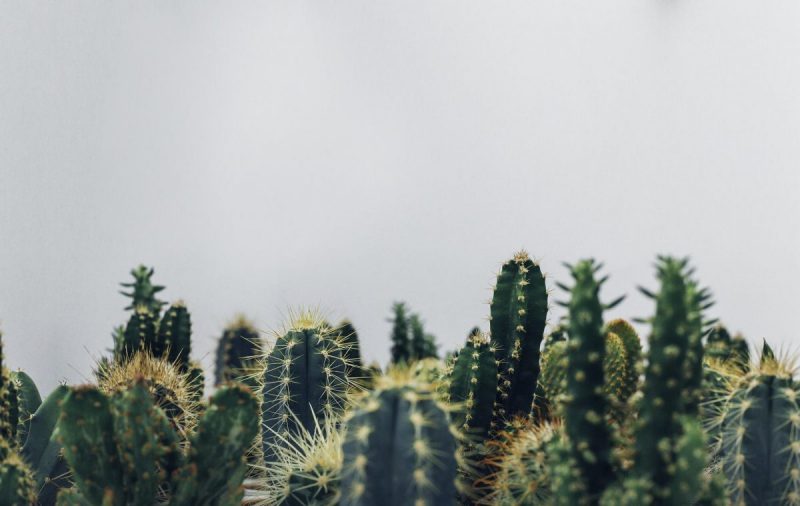
Cacti are plants that are part of the Cactaceae family, which includes several about 127 genera and 1750 species. They originate and naturally grow in South, Central, and North America, in the desert. Only one species, Rhipsalis baccifera, naturally grows in Africa and Sri Lanka. Cactus plants are very resistant to drought because they can store water for a long time.
Most cactus species have a voluminous stem, which is responsible for photosynthesis, in the absence of true leaves. They have leaves in the form of thorns, which serve as a defense mechanism, but mainly in water retention because they reduce the surface of evaporation and form just a little shadow. The thorns of cacti grow from formations called areoles. Sometimes, tubular flowers of different colors appear from these areoles. It has different shapes and sizes depending on the species. The large ones often have a branched appearance and can reach a height of 25 m, while most small cacti have a spherical shape and dimensions of 1-5 cm.
Species and cultivars
Desert cacti
Echinocactus. It is a genus of cacti comprising about 400 species. The stems are spherical or cylindrical, have prominent strings, on the edges of which are large, rigid thorns. Some of the most well-known species are E. grusonii Hildm (the golden barrel cactus, with spherical stem and many sharp, yellow thorns. It does not bloom if kept indoors) and E. horizontalonicus Lem. (with blue, semispherical stem, and pink flowers).
Echinocereus. This genus includes a large number of species. It has cylindrical stems on which many thin thorns are arranged. The inflorescences are often larger than other cacti and are brightly colored in red, purple, orange, etc.
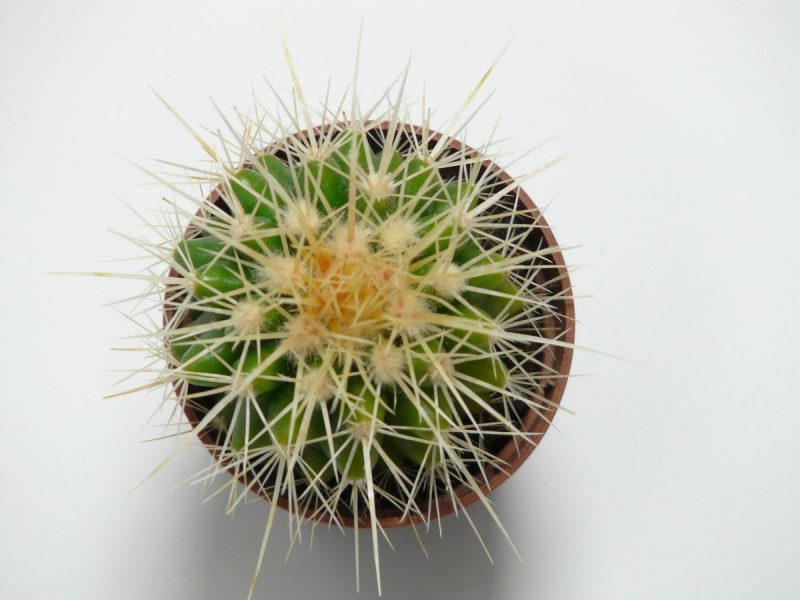
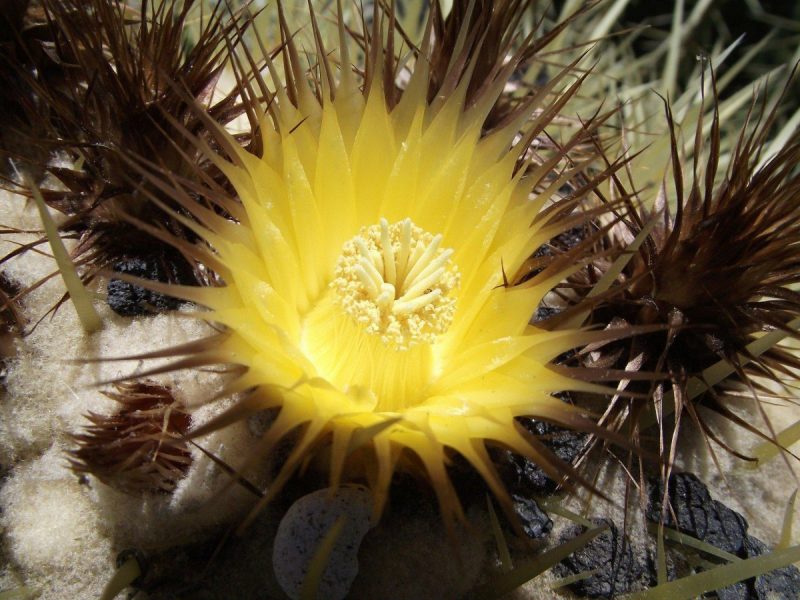
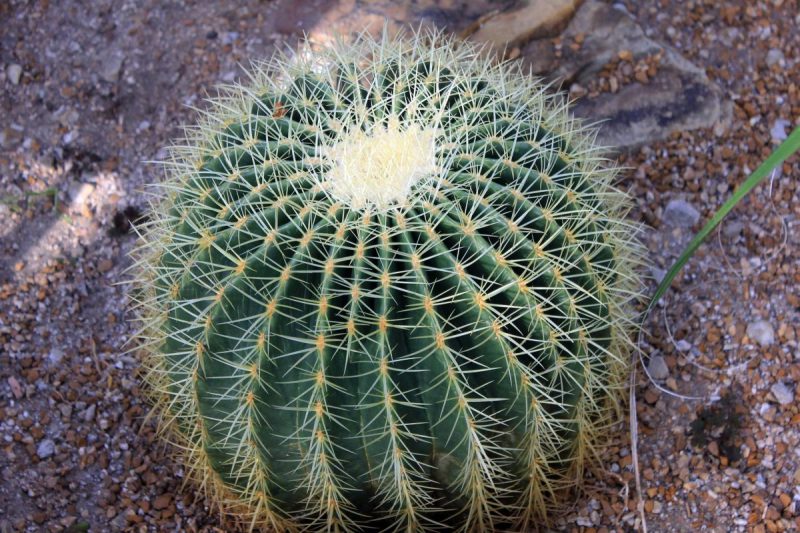
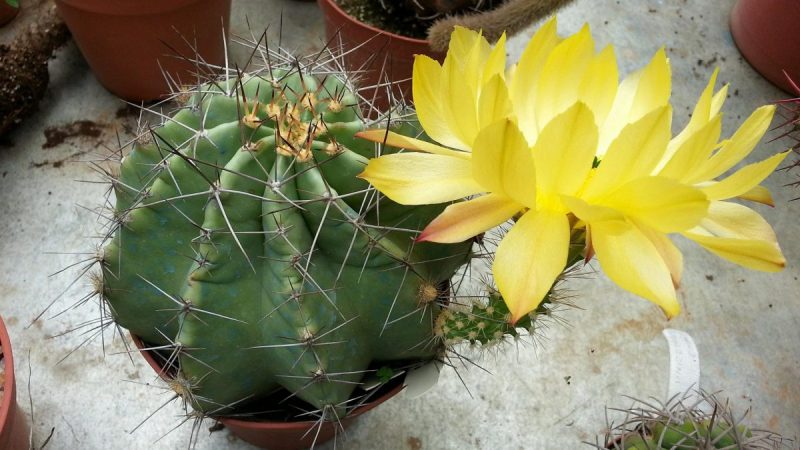
Mamillaria. There are about 400 species, and the plants have a spherical or slightly cylindrical shape. These have areoles of different sizes, arranged in rows, in a spiral shape. Depending on the species, it has large/small thorns, which can be straight/bent, thick/thin, fine/rugged, of various colors. The flowers are arranged in a crown, towards the top of the stem. It has red, cylindrical fruits, which contain small seeds. The best-known species are M. grecilis Pfeiff. (white thorns), M. pussila DC. (soft, yellow thorns), M. centricirrha Lem. (with areoles, large and reddish thorns), M. wildii Dietr. (it has pronounced areoles and bent thorns).
Opuntia. It has a stem and flat or cylindrical branches, articulated, with ovoid, elliptical, or globular shape. It can sometimes have real leaves, which are not fully developed and fall off. It has velvety areoles, from which appear white, yellow, or red thorns. Large red, yellow, or white inflorescences appear on the edges of the branches. One of the most widespread species is O. inermis, popularly called prickly pear.
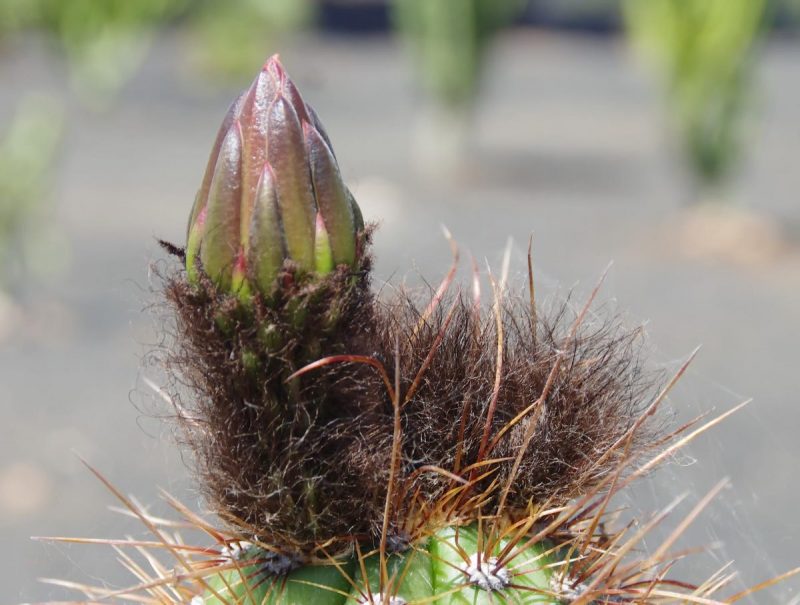
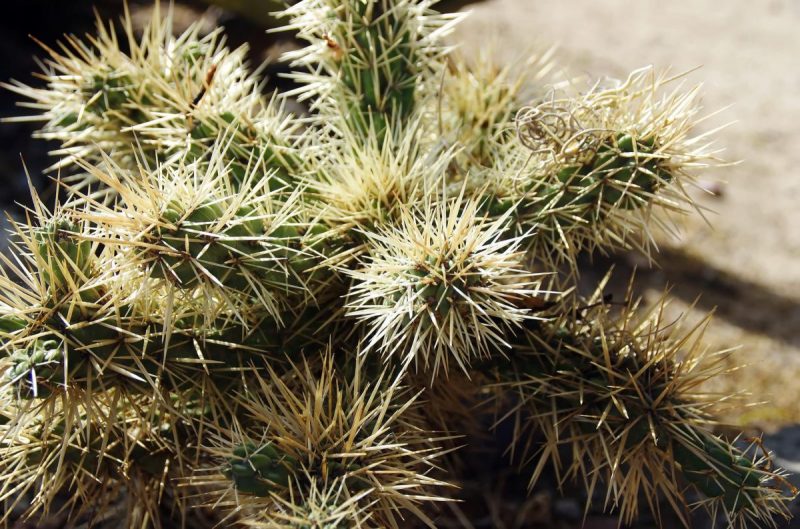
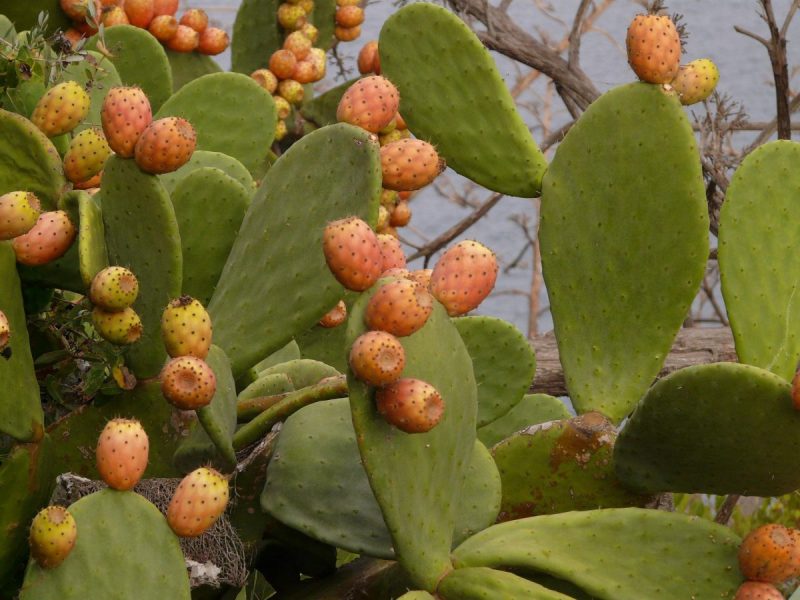
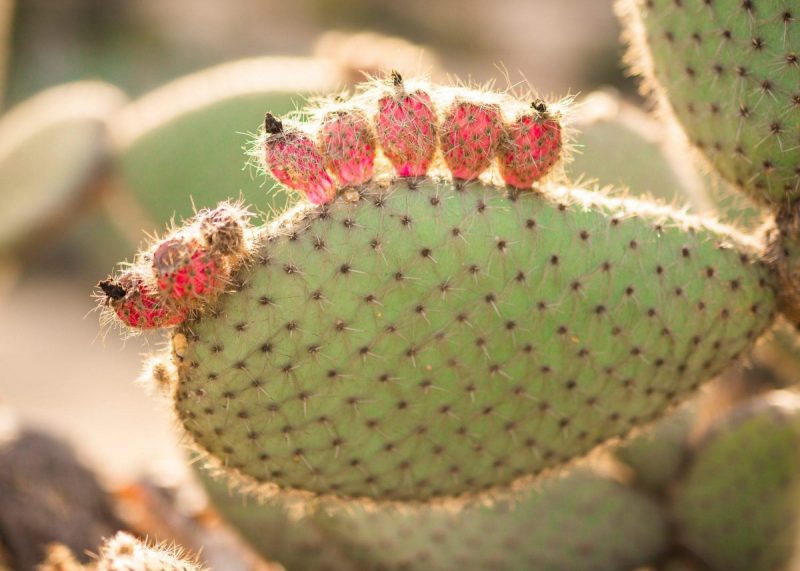
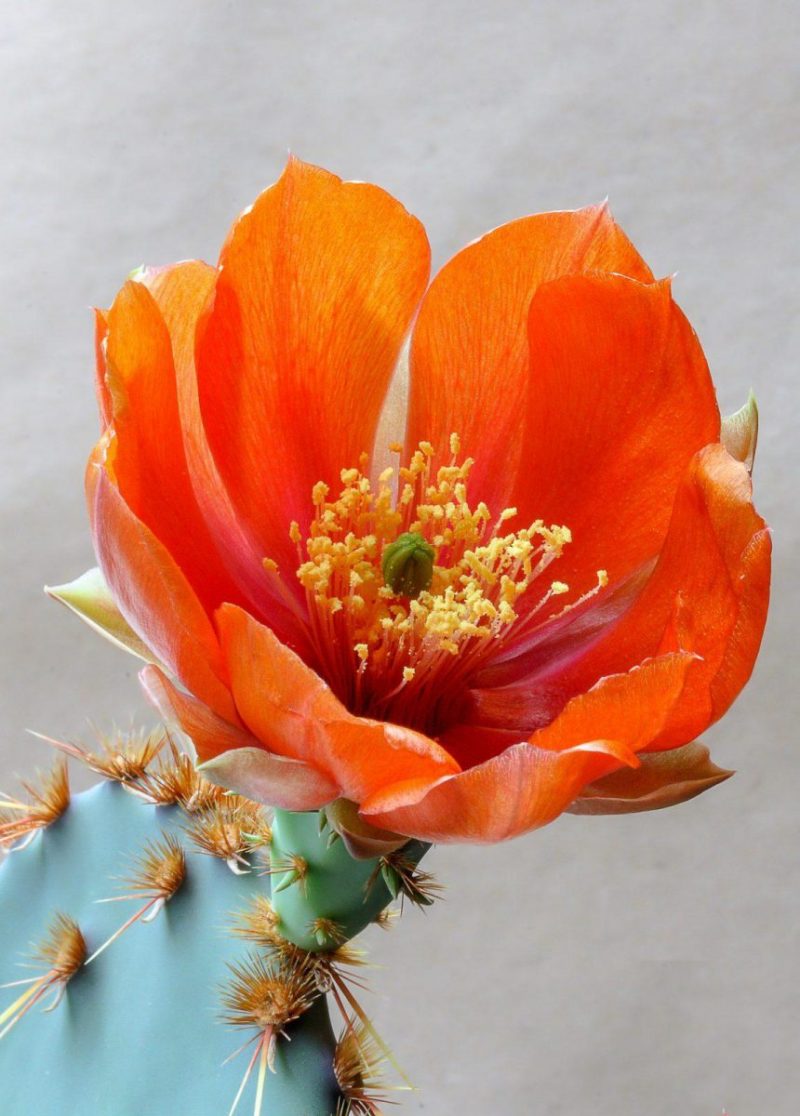
Wild cacti
Epiphyllum. It has articulated stems, slightly flat, which hang especially when the plant is in bloom. The flowers are trumpet-shaped, with red, pink, white, or purple petals. If it is moved during its flowering stage, the plant loses its buds.
Schlumbergera. It is a genus of cacti made up of 6-9 species. It is commonly called the “Christmas cactus” because it normally blooms during Christmas. It has leaf-like stems, at the top of which, from the areoles, pink, white, or red-yellow flowers develop.
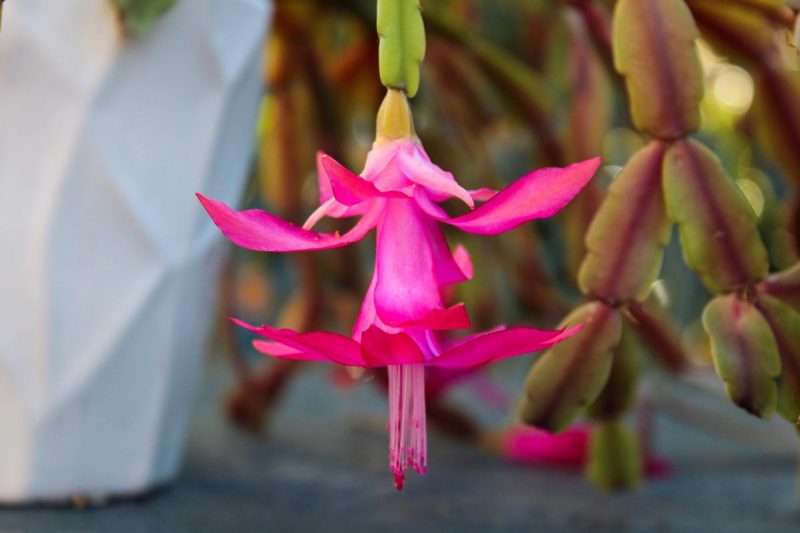
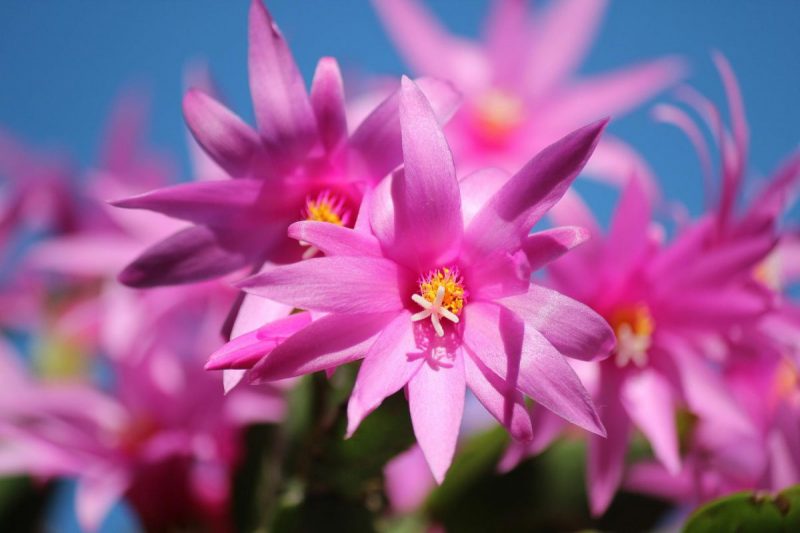
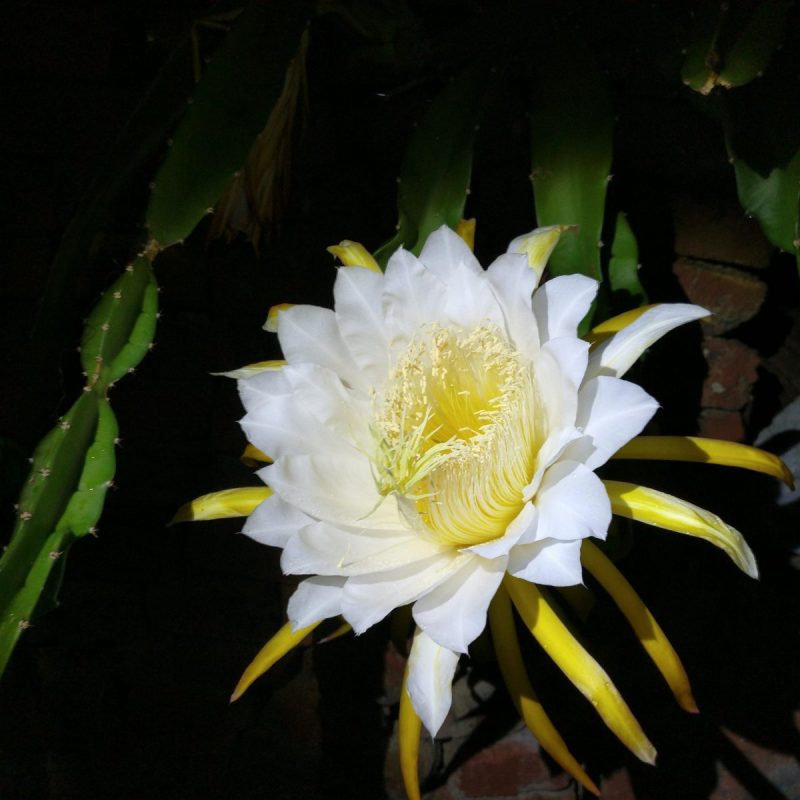
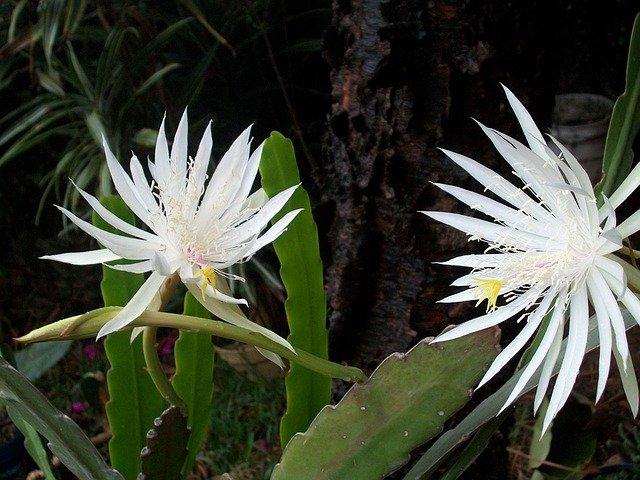
Recommended products
-
You can find products on a different store
Change Store -
You can find products on a different store
Change Store -
You can find products on a different store
Change Store -
You can find products on a different store
Change Store -
You can find products on a different store
Change Store -
You can find products on a different store
Change Store -
You can find products on a different store
Change Store -
You can find products on a different store
Change Store -
You can find products on a different store
Change Store -
You can find products on a different store
Change Store -
You can find products on a different store
Change Store -
You can find products on a different store
Change Store -
You can find products on a different store
Change Store -
You can find products on a different store
Change Store -
You can find products on a different store
Change Store -
You can find products on a different store
Change Store -
You can find products on a different store
Change Store -
You can find products on a different store
Change Store -
You can find products on a different store
Change Store -
You can find products on a different store
Change Store -
You can find products on a different store
Change Store -
You can find products on a different store
Change Store -
You can find products on a different store
Change Store -
You can find products on a different store
Change Store
Environmental conditions
Light. It prefers sunny places, and it should be ideally placed next to a south-facing window, where it benefits from sunlight for most of the day. Insufficient light causes discoloration and deformation of the stems. Forest cacti, unlike desert ones, prefer partially shaded places.
Temperature. Cacti can sometimes withstand very high temperatures during summer. In winter, it is recommended to keep the cacti in a cooler room, with temperatures of 8-10º C. When it does not benefit from the needed heat and water, the plant enters a state of dormancy for about 4-5 months. This period of dormancy prepares the plant for flowering.
Humidity. Being succulent plants, adapted to desert environmental conditions, cacti do not need high humidity. Excess humidity can lead to diseases, which cause the death of the plant. Cacti which are native to the tropics should be sprayed with water during the summer. Desert cacti do not tolerate being sprayed with water. The space in which they should be placed has to be well ventilated, but in winter it is not recommended to be exposed to drafts, because it can affect them.
Substrate. It must be aerated, light and it should allow easy drainage of water. It must be rich in trace elements, but it should not contain too much organic matter. It can be made up of garden soil, leaf mold, fibrous peat, and sand. The optimal pH of the substrate is neutral.
Recommended products
-
You can find products on a different store
Change Store -
You can find products on a different store
Change Store -
You can find products on a different store
Change Store -
You can find products on a different store
Change Store -
You can find products on a different store
Change Store -
You can find products on a different store
Change Store -
You can find products on a different store
Change Store -
You can find products on a different store
Change Store -
You can find products on a different store
Change Store -
You can find products on a different store
Change Store -
You can find products on a different store
Change Store -
You can find products on a different store
Change Store -
You can find products on a different store
Change Store -
You can find products on a different store
Change Store -
You can find products on a different store
Change Store -
You can find products on a different store
Change Store -
You can find products on a different store
Change Store -
You can find products on a different store
Change Store -
You can find products on a different store
Change Store -
You can find products on a different store
Change Store -
You can find products on a different store
Change Store -
You can find products on a different store
Change Store -
You can find products on a different store
Change Store -
You can find products on a different store
Change Store
Watering
It is recommended that watering be done only when the substrate is well dried. Towards the end of the summer, it should be watered less and less, in autumn the substrate should be left dry for longer periods, and in winter, in January, it should not be watered at all. In February, watering should be resumed, and in spring-summer, it should be watered weekly. It is advisable to use slightly warm rainwater or non-calcareous water.
Fertilization
Fertilization of cacti is not mandatory. If you still want to apply fertilizer, you must use a fertilizer that was specially created for cacti.
Recommended products
-
You can find products on a different store
Change Store -
You can find products on a different store
Change Store -
You can find products on a different store
Change Store -
You can find products on a different store
Change Store -
You can find products on a different store
Change Store -
You can find products on a different store
Change Store -
You can find products on a different store
Change Store -
You can find products on a different store
Change Store -
You can find products on a different store
Change Store -
You can find products on a different store
Change Store -
You can find products on a different store
Change Store -
You can find products on a different store
Change Store -
You can find products on a different store
Change Store -
You can find products on a different store
Change Store -
You can find products on a different store
Change Store -
You can find products on a different store
Change Store -
You can find products on a different store
Change Store -
You can find products on a different store
Change Store -
You can find products on a different store
Change Store -
You can find products on a different store
Change Store -
You can find products on a different store
Change Store -
You can find products on a different store
Change Store -
You can find products on a different store
Change Store -
You can find products on a different store
Change Store
Repotting
It should be done once every 4-6 years, in pots with a slightly larger diameter, but which are not very deep. To ensure proper drainage, you can place a layer of gravel at the bottom of the pot. Flowering in cacti is stimulated by keeping the plant in a slightly smaller pot.
Propagation
Cacti can be propagated through seeds and cuttings.
Sowing cactus seeds is recommended to be done in spring, in a previously disinfected substrate. After the seeds are scattered, a thin layer of sand should be placed on top. Seed germination requires light and temperatures of 22-28º C. The germination period of the seeds can last between 1-2 weeks and 2-3 years. After sunrise, the seedlings are sensitive to strong light, which reddens them. They should be watered regularly. Transplanting the seedlings should be done 2 months after the sowing, in a pot that is not too big. After transplanting the seedlings, it is not recommended to water the cacti for a week, to avoid root rot.
Recommended products
-
You can find products on a different store
Change Store -
You can find products on a different store
Change Store -
You can find products on a different store
Change Store -
You can find products on a different store
Change Store -
You can find products on a different store
Change Store -
You can find products on a different store
Change Store -
You can find products on a different store
Change Store -
You can find products on a different store
Change Store -
You can find products on a different store
Change Store -
You can find products on a different store
Change Store -
You can find products on a different store
Change Store -
You can find products on a different store
Change Store -
You can find products on a different store
Change Store -
You can find products on a different store
Change Store -
You can find products on a different store
Change Store -
You can find products on a different store
Change Store -
You can find products on a different store
Change Store -
You can find products on a different store
Change Store -
You can find products on a different store
Change Store -
You can find products on a different store
Change Store -
You can find products on a different store
Change Store -
You can find products on a different store
Change Store -
You can find products on a different store
Change Store -
You can find products on a different store
Change Store
Cactus pruning is a much simpler method of rooting and is recommended to be done in spring-summer. For this, the shoots from the base of the plant or from the large branches must be kept in a warm, shady and well-ventilated place for about a week, in order to stimulate the healing of the wounds. You should plant the shoots 2 cm deep in a substrate of coarse sand or perlite. To produce roots, the seedlings need temperatures of 22-25º C, and this process usually takes 4-6 weeks. When the first roots appear, they can be transplanted into pots. If the cuttings fail to produce roots, they can be sectioned again.
Recommended products
-
You can find products on a different store
Change Store -
You can find products on a different store
Change Store -
You can find products on a different store
Change Store -
You can find products on a different store
Change Store -
You can find products on a different store
Change Store -
You can find products on a different store
Change Store -
You can find products on a different store
Change Store -
You can find products on a different store
Change Store -
You can find products on a different store
Change Store -
You can find products on a different store
Change Store -
You can find products on a different store
Change Store -
You can find products on a different store
Change Store -
You can find products on a different store
Change Store -
You can find products on a different store
Change Store -
You can find products on a different store
Change Store -
You can find products on a different store
Change Store -
You can find products on a different store
Change Store -
You can find products on a different store
Change Store -
You can find products on a different store
Change Store -
You can find products on a different store
Change Store -
You can find products on a different store
Change Store -
You can find products on a different store
Change Store -
You can find products on a different store
Change Store -
You can find products on a different store
Change Store
Diseases and pests
Normally, cacti are disease and pest-resistant plants. If watered too often, bacteriosis or fungal infections can occur, which can be treated with fungicides. Cacti can sometimes be attacked by nematodes, mites, European fruit lecanium, or wooly apple aphids. In case of nematodes attacks, it is recommended to destroy the plants.














































































































































































































































































































































































































































